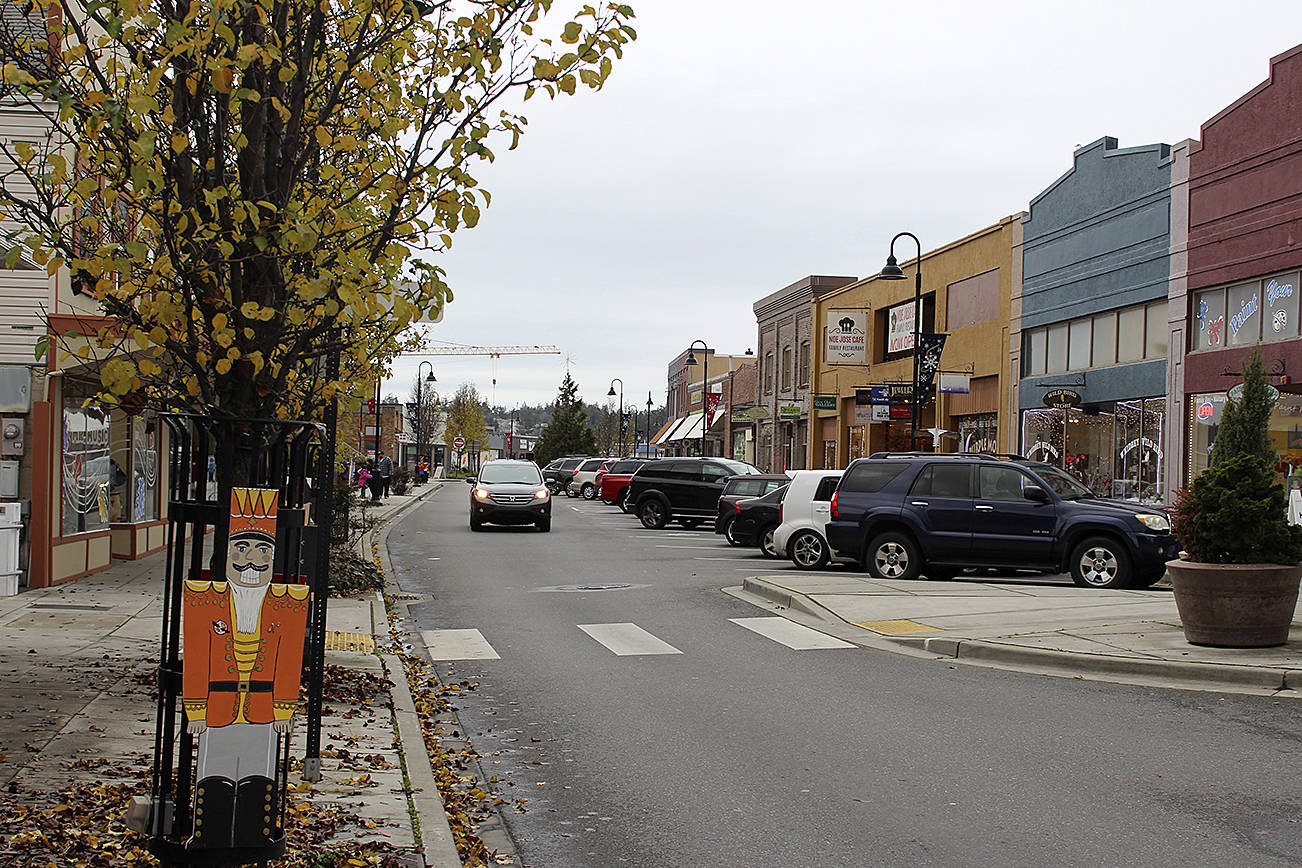Oak Harbor staff is exploring whether the city is certifiable.
Specifically, city planners are looking into whether the city can become a “certified local government,” or CLG, which will open the door to the possibility of special grants from the state historic preservation officer or tax incentives, as well as assistance and training in historic preservation.
Matthew Williams, executive director of Oak Harbor Main Street Association, sent a letter to the city in October asking the city to pursue the designation. The voluntary program can benefit the owners of commercial and residential buildings, he wrote.
“Clearly, the Oak Harbor Main Street Association supports this effort because of the high percentage of historic building stock within the Main Street boundary,” the letter states. “However, the CLG program is city-wide and will be beneficial to even a larger number of property owners that fall outside of the Main Street boundary and the historic district delineated in the Oak Harbor Comprehensive Plan.”
Ray Lindenburg, associate planner, presented the city’s planning commission with information about the program at the meeting last week. The first step in becoming a certified local government, he said, is for the city to adopt a historic preservation ordinance.
The Department of Archeology and Historic Preservation offers a model ordinance, which the city can modify for its use. Lindenburg said a copy of the draft code will be presented to the planning commission for review and comment at the Jan. 23 meeting.
Hindenburg stressed that the program won’t mean restrictions for property owners who don’t want to take part.
“It’s voluntary,” he said. “It’s not something we are forcing on people.”
Certified Local Govern-ments are responsible for maintaining a historic preservation commission and surveying historic properties.
The program originates from the National Historic Preservation Act, which established a nationwide program of financial and technical assistance to preserve historic properties, according to the Department of Archeology and Historic Preservation.
At least 10 percent of the annual Historic Preservation Fund grant made to the state is distributed among CLGs.
“The CLG program helps local economies not only by having buildings more attractive to customers,” Williams wrote, “but also rehabilitation work is often completed by locally owned contract companies that get materials from local vendors.”



